#moluccas
Explore tagged Tumblr posts
Text

#IFTTT#Flickr#macro#insect#weevil#sonya7r5#sonyfe2890macrogoss#zerenestacker#indonesia#moluccas#animalia#arthropoda#hexapoda#insecta#pterygota#coleoptera#polyphaga#cucujiformia#curculionoidea#curculionidae#äktavivlar#gorgojosypicudos#pepekenguturoa#rüsselkäfer#долгоносики#חידקונתיים#хоботници#kärsaklased#바구미과#חדקוניתיים
154 notes
·
View notes
Text

🖼️ Saturday morning view, Hunimua Beach.
📍 Liang Village, Central Moluccas.
🗓️ May 2023.
3 notes
·
View notes
Text
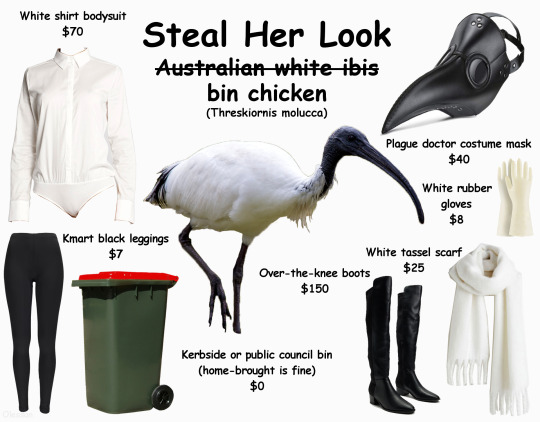
#I had to make a worse one lol#bin chicken#ibis#Australian white ibis#Threskiornis molucca#white ibis#birds#birdblr#eastern rosella#Australia#Australian wildlife#parrots#parrot#psittaciformes#bird#steal her look#steal their look#steal his look#memes#fit guides#outfit guide#toe shoes#rainbow#steal her style#style#steal his style#character design#outfit design
80 notes
·
View notes
Text
tonight in lancer homebrew we have made WORM
21 notes
·
View notes
Text
South Moluccan gunman stands guard as he allows one of the hostages to collect food left at the entrance of the consulate - 1975 Indonesian consulate hostage crisis, in Amsterdam.
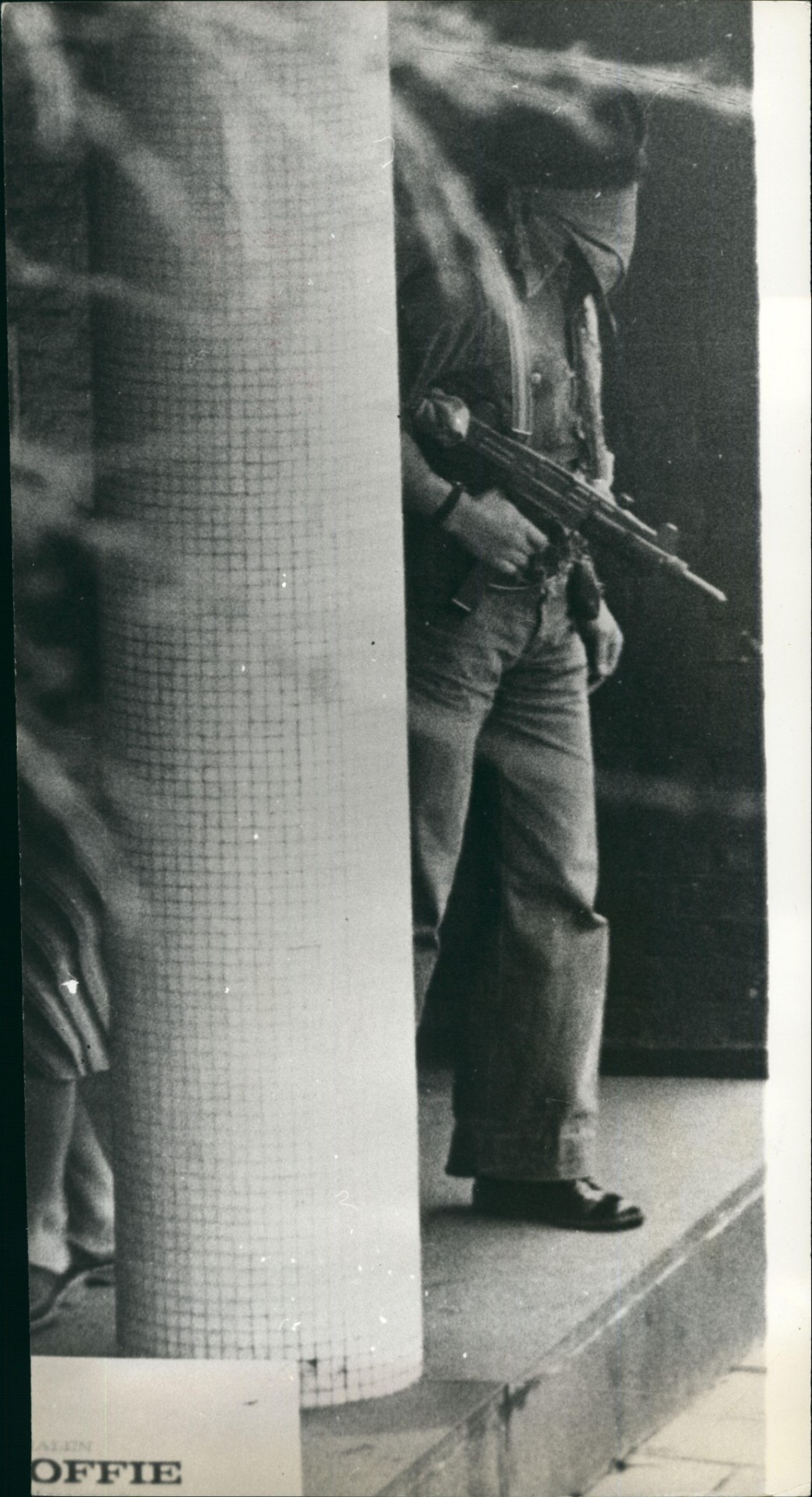
19 notes
·
View notes
Photo
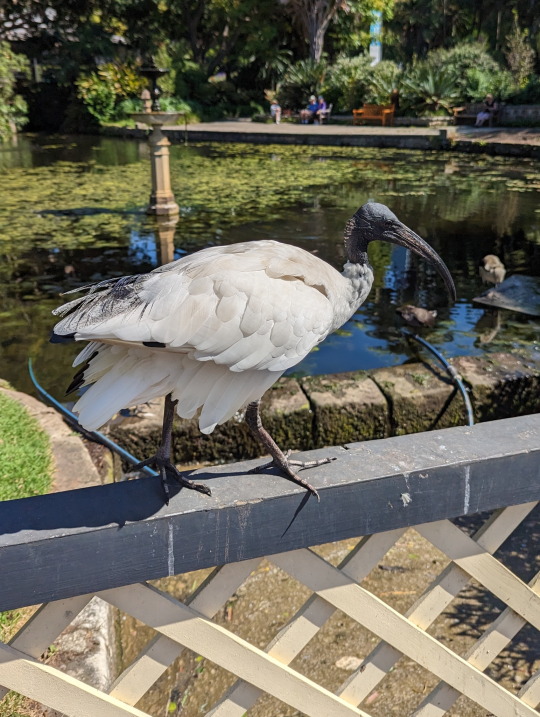
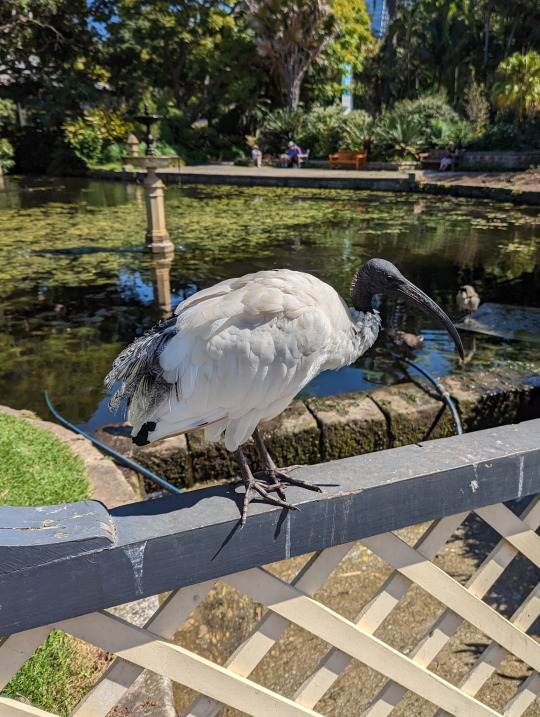
The Rubbish Bird
So called because of their new natural habitat, Australian rubbish bins.
Threskiornis molucca
18/03/23
11 notes
·
View notes
Text
I present to you the runner up for Australia's 2017 national Bird of the year competition. Everyone give them a chippie.
nothing has fucked me up more than knowing the australian white ibis has a near-identical sister species called the african sacred ibis. the african sacred ibis is associated with thoth, ancient god of wisdom and reason. the australian white ibis is most commonly referred to as a “bin chicken”.
#they sound like geese#and they absolutely love garbage#if you're american you might call them a trash turkey#they're water birds though and nest in trees next to a water source#Threskiornis molucca#australian white ibis#threskiornis#ibis#Pelecaniformes#Aequornithes#aves#birds#animals#metazoa
73K notes
·
View notes
Text

Australian White Ibis (Threskiornis molucca), family Threskiornithidae, order Pelicaniformes, QLD, Australia
photograph by Kristeen Schulte Baggetto
#ibis#threskiornis#threskiornithidae#wading bird#pelicaniformes#bird#ornithology#animals#nature#australia
386 notes
·
View notes
Text

Gold ancestral crown, Moluccas people, Indonesia, 15th-17th century
from The Museum of Fine Arts Houston
252 notes
·
View notes
Note
Hello! Can you do Thyas Juno please? Thank you!
Moth Of The Day #256
Thyas juno
From the erebidae family. They have an estimated wingspan of 70-90 mm. They can be found in the Indian subregion, China, Japan, Korea, Thailand, Borneo, Java, Sulawesi and on the southern Moluccas.


Image sources: [1] [2]
#moth#moths#lepidoptera#lepidopterology#nature#pretty moth#bugs#insect#moth of the day#motd#bug#insects#bugblr#lepidoptery#entomology#beautiful moth#thyas juno#thyas juno moth#erebidae#erebidae moth
169 notes
·
View notes
Text

Matt Laughton
Australians Swamphen
The Australasian swamphen (Porphyrio melanotus) is a species of swamphen (Porphyrio) occurring in eastern Indonesia (the Moluccas, Aru and Kai Islands), Papua New Guinea, Australia and New Zealand. In New Zealand, it is known as the pūkeko. The species used to be considered a subspecies of the purple swamphen.
38 notes
·
View notes
Text

🖼️ Sunset.
📍 Ngurbloat Beach, Ohoililir Village, Southeast Moluccas.
🗓️ December 2021.
3 notes
·
View notes
Text
SUMMARY:
When Magellan attempted finding a route to the Moluccas in 1519, no one considered dead gay wizards will ever come to existence nor did the Portuguese nobility expect a teen fangirl to write a fic over those circumnavigating the globe..... yet here we are.
What if Barty Crouch Jr woke up one day and decided to go down in history?
Join the crew as they face storms... at sea and in life.
go check it out<333
there's also an instagram acc dedicated to this fic's insight and updates:

two chapters out!!
thank you for all the support<3
greatest thanks to my lovely text editor and bestie @earthisaweirdplace for her not losing her shit when i make stupid mistakes in the writing.....
and of course @jaybirdbluejay for support and amazing art inspired by the fic!
#marauders fanfic#the marauders fandom#the marauders era#the marauders#the marauders map#mwpp era#mwpp#marauders era#hp fandom#hp marauders#marauders fandom#marauders fanfiction#barty crouch junior#barty crouch jr#evan rosier#barty crouch x evan rosier#evan x barty#platonic bartylus#barty x evan#james and regulus#jegulus#regulus black#regulus arcturus black#slytherin skittles#james potter#remus lupin#dorlene#wolfstar#rosekiller#xenodora
18 notes
·
View notes
Photo
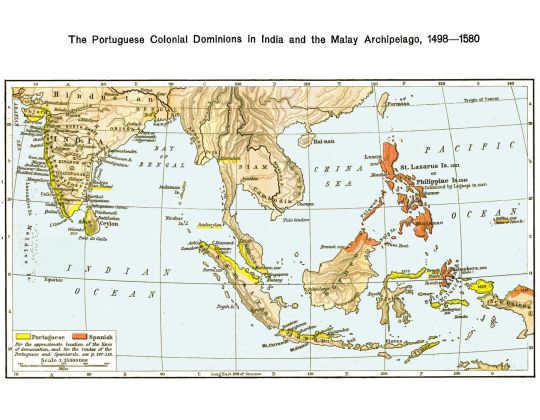
Spaniards and Portuguese in India and the Malay Archipelago, 1498-1580.
“Historical atlas”, William Shepherd, University of London Press, 3rd ed. 1924
by cartesdhistoire
Muslim merchants from Gujarat, based in Cambay, dominated maritime trade in the Indian Ocean in the 15th century, supported by Hindu and Jain financiers and an organized network of correspondents. The Malabar coast, a major pepper supplier, served as a hub for commercial interactions between Arab merchants from the Gulf of Aden or Oman and Chinese merchants – or their intermediaries – from Sumatra and Malacca. Muslim merchants primarily engaged in the spice trade.
The arrival of Vasco da Gama in Calicut in 1498 disrupted this system. In 1502, King Manuel entrusted him with commanding a second expedition aimed at eliminating all Muslim presence in the Indian Ocean. The Sultans of Gujarat and the Deccan sought assistance from a Mamluk fleet to counter the Portuguese, but it was defeated before Diu in 1509, paving the way for Portuguese conquests of Goa in 1510, Malacca in 1511, Hormuz in 1515, Diu in 1535, and Daman in 1539.
The Portuguese occupied the southwest coast of Ceylon from 1505 to access cinnamon, establishing a fort in Colombo in 1518. They controlled the north, west, and south coasts of the island, key areas for the cinnamon and precious stone trade.
The Moluccas were another target because the Banda Islands produced nutmeg, while Ternate and Tidore produced cloves. The Portuguese established privileged relations with the sultans of Ternate and Tidore, facilitating their settlement in Amboyna and Timor, despite the capture of Malacca from Sultan Mahmoud Shah.
The Portuguese monopoly endured until the emergence of the English East India Company and the Battle of Swally in 1612.
Meanwhile, Spain remained engaged in the spice race, aiming to connect America to the Moluccas and their spices. Following expeditions in 1525 (Loayza) and 1528 (Saavedra), Spain secured a definitive return route in 1565 (Urdaneta) and established settlements in the Philippines in 1571.
91 notes
·
View notes
Text

Boat model made of cloves, it was made in the Moluccas (now part of Indonesia) in the 19th century
The object represents a prau, a type of ship called Orembai or Arombai in the Moluccas, which was used by local monarchs for official occasions such as state visits. The production of clove (boat) models and other objects originated on Ambon in the early 18th century, during the time of the flourishing spice trade by the VOC and the colonial rule of the Netherlands in Indonesia. Shipwrights and other artisans worked on these objects as a pastime, using the materials available to them in abundance.
They then sold them to Dutchmen, who often brought them home as souvenirs. This tradition lived on well into the 20th century, as a result of which several variants are now known in museums and collections throughout the Netherlands.
97 notes
·
View notes
Text
After watching the Dagundong MV by Alamat, here are some MV shots with their possible historical references. Feel free to add more!
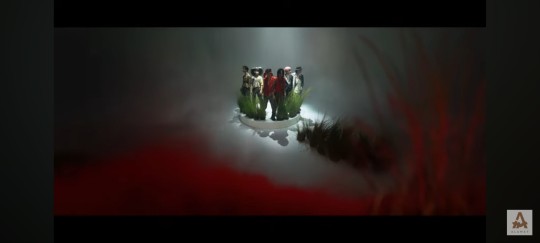
1. Here we have the inhabitants of the Philippine Islands before the colonizers' arrival.
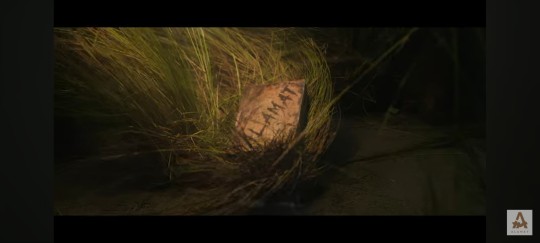

2. The book with Alamat on the cover. Any Filipino who took Filipino Literature would instinctively know what this references: the novels by Jose Rizal, Noli Me Tangere and El Filibusterismo.

3. Erasure of indigenous practices and traditions in lieu of Christianity.

4. The lyrics references to the cedula or the taxes Filipinos were made to pay.

5. Spanish colonizers imposed the use of Spanish -based family names through the Catálogo alfabético de apellidos.

7. The Spanish conquistadores under the command of Portuguese Fernando Magellan went on a conquest to find Moluccas or the Spice Islands, in the guise of trade. All the while, they have also been on the ready for conquest.

8. Most indigenous peoples of the Philippines would get the honor of getting tattoos for their courage and bravery in battle. Every tattoo pattern or design would mean a significant symbolism.
9. Tomas in a stylized Katipunero hat
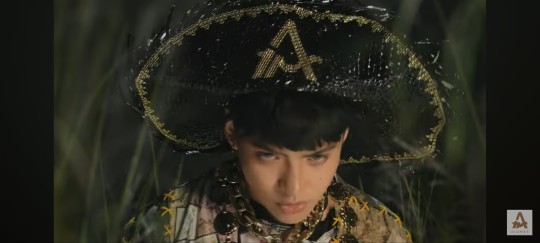

10. RJi and Jao representing the 19th century Filipinos. In this period, the Philippines has become a colony of Spain for 333 years.
They haven't released a BTS or the making of the MV vlog at the moment, but this particular track is on the OST of a movie to be released on December called Penduko. All those mentioned above are from what I've learned from my HS and/or college education. It has been alamat's mission to serve edutainment.
Please reblog and add if I missed some! Thank you so much!
#ppop rise#opm#alamat#alamat mo#ppop#alamat taneo#alamat alas#alamat jao#alamat tomas#alamat rji#alamat dagundong#philippine culture#philippines#alamat magiliw#6inoo
76 notes
·
View notes